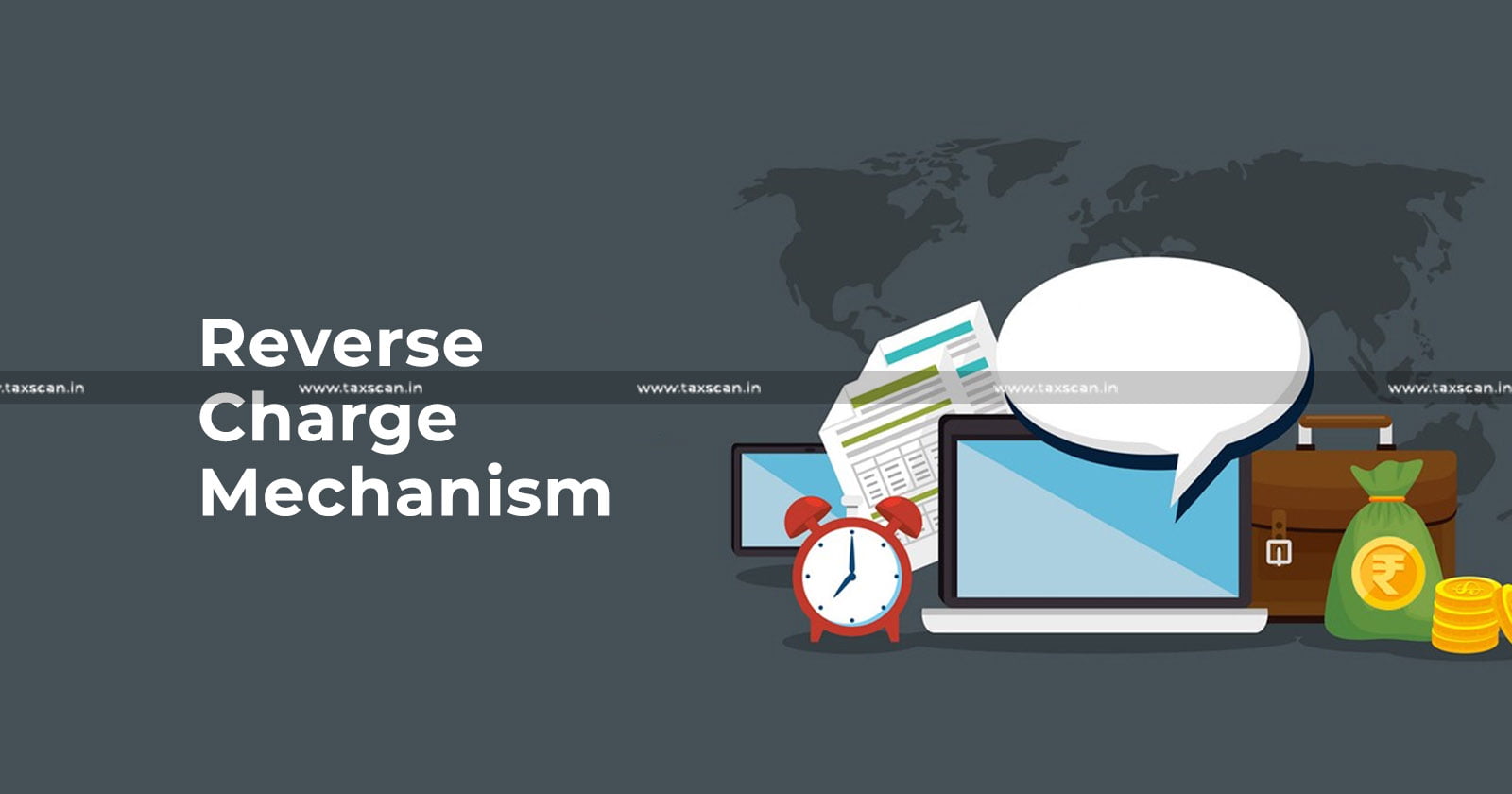RCM on Freight Services: Know How to Correctly Apply CGST, SGST, or IGST as per S. 12(8) of IGST Act
Apply the right GST on freight under RCM — know when to charge CGST, SGST, or IGST with clarity from Section 12(8) of the IGST Act

Getting the tax type right—CGST + SGST or IGST—when paying under the Reverse Charge Mechanism (RCM) for transportation services is a common source of confusion for businesses. Many assume that the delivery location decides the type of GST to be paid. However, under the GST law, if this assumption is incorrect, it could lead to non-compliance, penalties, and incorrect tax reporting.
The correct determination of Place of Supply (POS) for goods transport services is governed by Section 12(8) of the IGST Act, 2017, not the CGST Act. This article explains the correct legal position, the mistakes businesses often make, and how to apply the right tax treatment with practical examples.
Stay Updated with the Latest Audit Report Formats & Audit Trials Requirements! Click here
Legal Framework
The place of supply for transportation of goods services (excluding mail or courier services) is determined by Section 12(8) of the Integrated Goods and Services Tax (IGST) Act, 2017, which states:
“The place of supply of services by way of transportation of goods, including by mail or courier, shall be —
(a) where the recipient is a registered person, the location of such person;
(b) where the recipient is not a registered person, the place where the goods are handed over for their transportation.”
Read More: How to Register for GST in 2025: Required Documents, Timelines, and Verification Steps
When to Pay CGST + SGST and When to Pay IGST?
| Recipient Type | Place of Supply (POS) | Tax Payable under RCM |
| Registered Person | Location of the registered recipient | Same State → CGST + SGST Different States → IGST |
| Unregistered Person | Location where goods are handed over for transportation | Same State → CGST + SGST Different States → IGST |
Common Mistakes to Avoid
- Assuming the delivery location is the place of supply in all cases.
- Referring to CGST Act instead of IGST Act Section 12(8) for place of supply rules.
- Not verifying whether the recipient is registered under GST.
- Applying CGST + SGST simply because the transporter is located in the same state (supplier’s location is irrelevant for POS).
Read More: Can You Claim HRA Exemption Under New Tax Regime and With Home Loan? Explained
Examples to Understand Better
Example 1: Registered Recipient (Inter-State Transaction)
- Transporter: Rajasthan
- Recipient (Registered): Delhi
- Goods picked up in Gujarat, delivered in Delhi.
Place of Supply = Delhi (location of registered recipient)
Tax to be paid: IGST, because the supplier (Rajasthan) and recipient (Delhi) are in different states.
Example 2: Unregistered Recipient (Intra-State Transaction)
- Transporter: Maharashtra
- Goods were handed over to the transporter in Maharashtra.
- Delivery location: Gujarat.
- Recipient: Unregistered person.
Place of Supply = Maharashtra (handing over point)
Tax to be paid: CGST + SGST (intra-state, same state for supplier and POS).
Common Mistake: It’s easy to assume that the delivery location (Gujarat) should decide the tax type. But under Section 12(8), for unregistered recipients, the law clearly says that the handover location (Maharashtra) is the place of supply, not the delivery point.
Step-by-Step Decision Flow: How to Decide CGST/SGST or IGST
Step 1: Is the recipient registered under GST?
Yes → POS = location of recipient.
No → POS = location where goods are handed over to the transporter.
Step 2: Check if the supplier’s location and POS are the same.
Same state → Pay CGST + SGST.
Different states → Pay IGST.
Relevant Notifications and Legal References
- Notification No. 13/2017-Central Tax (Rate) dated 28.06.2017: Specifies RCM applicability on services provided by a Goods Transport Agency (GTA).
- Recent Amendments: Notification No. 09/2024-Central Tax (Rate), Notification No. 05/2022-Central Tax (Rate)
- Section 12(8) of the IGST Act, 2017: Governs the place of supply rules for the transportation of goods.
- Section 20 of the IGST Act, 2017: Makes certain provisions of the CGST Act (like Section 50 for interest) applicable to IGST.
Quick Compliance Checklist
- Check if the recipient is registered or unregistered.
- Determine the place of supply correctly as per Section 12(8) of IGST Act.
- Apply the right tax type (CGST + SGST or IGST) based on the state of supplier and POS.
- Ensure accurate reporting in GSTR-3B under RCM (Reverse Charge Mechanism) section.
- Maintain documentation of handover location (especially important for unregistered recipients).
Frequently Asked Questions (FAQs)
Q1: What if the transporter is unregistered?
Ans: The RCM liability still applies if the recipient is among the notified categories under Notification No. 13/2017. The recipient pays GST under RCM.
Q2: Does the transporter’s registration state affect the tax type?
Ans: No, the transporter’s state is irrelevant for determining tax type. It depends on the recipient’s registration and POS.
Q3: How do we prove where the goods were handed over?
Ans: Maintain delivery challans, consignment notes, or handover receipts showing the point of handover.
Conclusion
Understanding the correct place of supply under Section 12(8) of the IGST Act is crucial for avoiding GST compliance issues on goods transport services under RCM. The recipient’s registration status and the point where goods are handed over for transportation decide whether CGST + SGST or IGST should be paid, not the delivery location orthe transporter’s state. Proper application of these rules ensures smooth compliance, accurate tax reporting, and avoids penalties or legal disputes with GST authorities.
Support our journalism by subscribing to Taxscan premium. Follow us on Telegram for quick updates


